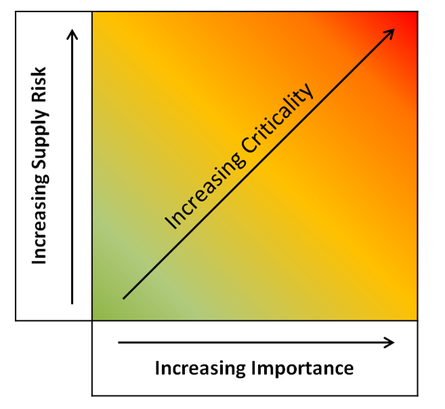Geoengineering of the Climate System
Issues in Environmental Science and Technology Series Set, May 2014
http://pubs.rsc.org/bookshop/bookset/978-1-78262-574-2
Reviewed by Zoë Fleming
University of Leicester
ECG Bulletin July 2015
http://pubs.rsc.org/bookshop/bookset/978-1-78262-574-2
Reviewed by Zoë Fleming
University of Leicester
ECG Bulletin July 2015
Published by the Royal Society of Chemistry in 2014 as volume 38 of the series Issues in Environmental Science and Technology, Geoengineering of the Climate System, edited by R. E. Hester and R. M. Harrison, gives a thorough overview of current advances and possibilities in geoengineering.
|
With an average CO2 rise of about 2 ppm per year and an atmospheric CO2 concentration of close to 400 ppm in January 2015, it is imperative that we look into ways of decreasing atmospheric CO2. The strong message from this book is that there is no miracle cure: only through a multi-faceted solution can we try to stabilise the Earth’s climate. Governance and political and moral issues are brought into the technical discussions in a very convincing manner, and the economic issues of carbon taxing and creating market pressures for technology development and competition are clearly explained, helping to make geoengineering a modern and accessible topic for society and governments to consider. The most up-to-date advances in the field are presented by fourteen authors in nine chapters that can be read as separate papers or as a well-rounded read from cover to cover. The introduction explains how human activity is changing climate, defines geoengineering, and introduces the arguments for and against it, as well as governance and political questions. The following chapters discuss carbon storage, carbon dioxide removal (CDR) with plants or algae, artificial trees, crops (biochar and albedo), brighter clouds, introducing stratospheric aerosol, and space-based solutions (artificial dust and reflecting discs). The final chapter explores the governance of solar radiation technologies.
|
Some chapters are more technical than others, with several diagrams of the nozzles and ultrasonic excitation mechanisms for injecting cloud condensation nuclei into the atmosphere and orbital diagrams explaining the space-based placement of dust clouds and reflecting discs. The scale of carbon sinks and energy expenditure becomes overwhelming but many of these numbers and other quantitative comparisons are contained in a host of tables throughout the book for quick referencing. Facts and anecdotes throughout the book fire up the imagination, such as the comparison between the weight of the Great pyramid of Giza and the disc that could offset the world annual CO2 emissions.
A real flavour for a future world is built up throughout the narrative, shaped either through natural means (such as changing crops, use of biochar, and afforestration), efficiency and technology improvements or through science-fiction-like landscapes (fleets of trimarans on the oceans spraying clouds, millions of sea containers acting as artificial trees around the globe, and 108 ton reflective discs in space).
There is a recurring theme of how climate regulations could set global costs of CO2 and thus incentivise developing technologies and remove the competitive advantage of fossil fuels relative to renewables and nuclear. All examples come from the UK or US, and it is sometimes hard to see how the governance and decision making could be undertaken on a global scale. Personal experience of one author in a large-scale geoengineering panel and the political and stakeholder issues in making the decisions illustrates how the proposals are assessed.
There is a recurring theme of how climate regulations could set global costs of CO2 and thus incentivise developing technologies and remove the competitive advantage of fossil fuels relative to renewables and nuclear. All examples come from the UK or US, and it is sometimes hard to see how the governance and decision making could be undertaken on a global scale. Personal experience of one author in a large-scale geoengineering panel and the political and stakeholder issues in making the decisions illustrates how the proposals are assessed.
The last chapter gives the allegory of King Cnut, who had his chair carried to the sea shore, where he commanded the tide to halt. When it did not, he realised that no human, however important, can dominate and control the Earth. Can we go some way to right the harm we have done to it? Any efforts made to control the rising CO2 levels must be governed wisely. Intergenerational justice, governance, and moral responsibility are intertwined in the text to make any reader think beyond the facts and figures.
Geoengineering of the Climate system: Issues in Environmental Science and Technology, 2014, editors R. E. Hester and R. M. Harrison, Royal Society of Chemistry, Cambridge, ISBN: 978-1-84973-953-5, DOI: 10.1039/9781782621225.
Geoengineering of the Climate system: Issues in Environmental Science and Technology, 2014, editors R. E. Hester and R. M. Harrison, Royal Society of Chemistry, Cambridge, ISBN: 978-1-84973-953-5, DOI: 10.1039/9781782621225.


